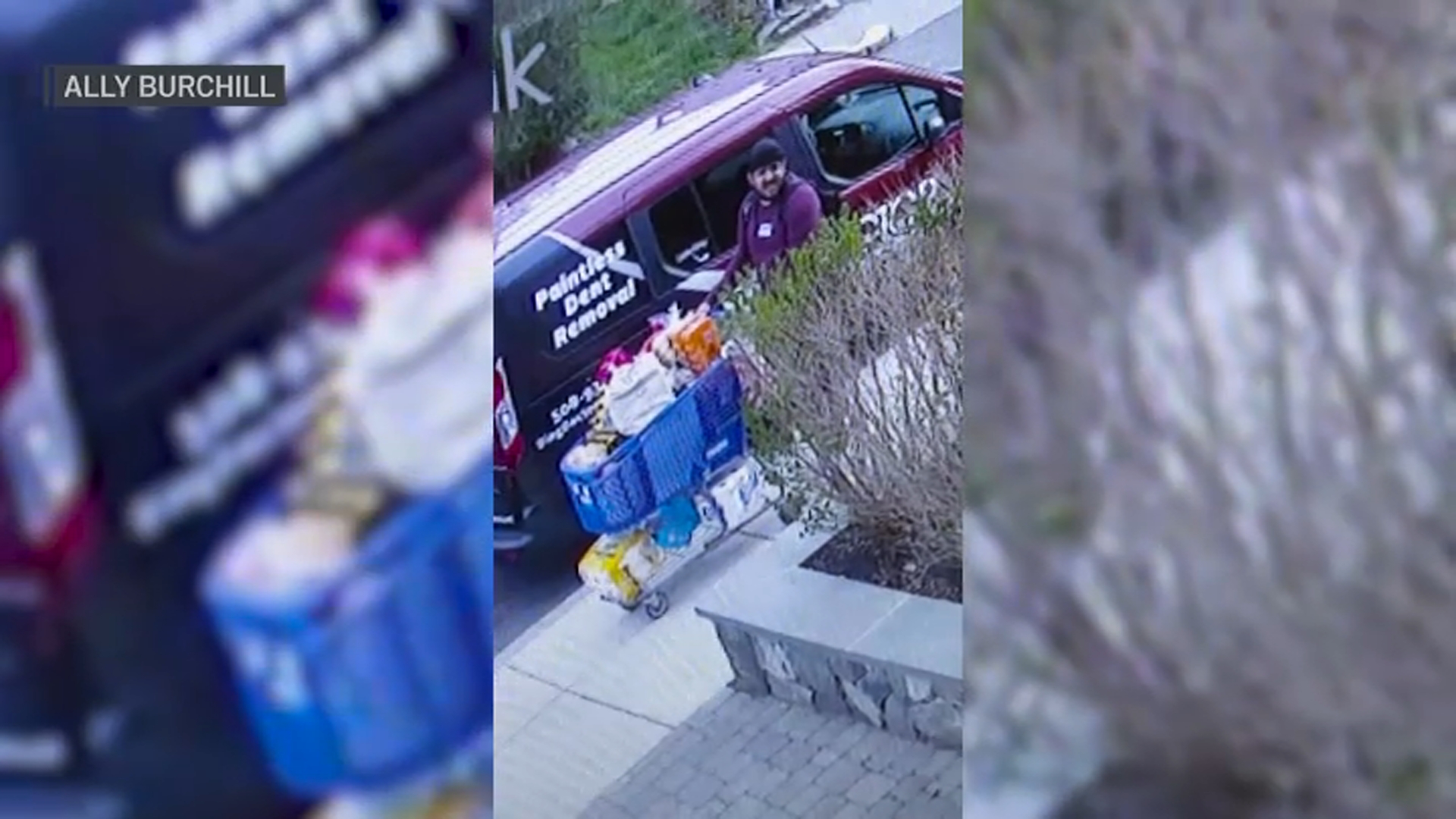Getting kids back in school safely this fall is the priority in Massachusetts school districts.
That's the word from the Department of Elementary and Secondary Education, which asked school systems last week to prioritize in-person learning in the coming year.
Plans are due by the end of July. But the preparations underway at Billerica Memorial High School offer a partial view of what students might experience this fall.
Inside an empty classroom, desks are arranged 6 feet apart. At that interval, only a dozen fit in the room.
Picturing students inside – each wearing a mask – Superintendent Tim Piwowar agreed the experience will be dramatically different for students.
"This doesn't feel like school in the same way," he said.
Local
In-depth news coverage of the Greater Boston Area.
Administrators are wrestling with how to reduce risk from COVID-19 while still giving students opportunities to interact with their teachers and each other.
Educators say in-person learning is better not only for school work, but also because it provides regular meals for many students, and gives them access to services such as speech therapy and mental health counseling. And it's often teachers who spot child abuse.
But reopening plans hinge on new safety strategies, which could strain budgets and stretch instructional space thin.
In their guidance for school districts, state education officials advise having staff and students in grades two and above wear masks, encouraging them to wash and sanitize their hands and keeping them at least 3 feet apart.
At that distance, classrooms at Billerica's high school can fit 25 students. But at 4 feet apart, only 20. And at 6 feet, only 12 – half the number who usually occupy the space.
The high school isn't big enough to bring all students back with desks at that 6-foot interval, Piwowar said.
"One of things that I've been saying a lot is there are no good answers here," he said. "There's just a series of bad answers, and we're trying to find the least bad of those bad answers."
Some subjects, such as band, chorus and gym, may go on hiatus, at least for in-person instruction. Classroom space could be repurposed to give students a mask break, or to help spread them out in another class.
Students will also be grouped together more, moved around less and directed on how to navigate the halls, which will move in one direction. And they could lose access to lockers, where kids traditionally congregate, Piwowar said.
Then there's staffing. Who will teach in person? Who will be remote? If there's no chorus, can the music teacher fill another role?
Piwowar says bringing students into a building without adequate staffing would defeat the purpose.
But money is also a factor. With local governments bracing for a drop in revenue during the pandemic, schools will need to buy protective gear, clean more often, create COVID-19 isolation spaces for students with symptoms, retool their transportation network and possibly upgrade their ventilation systems.
"Am I sleeping well at night? No, I'm not," Piwowar said. "But ... if we don't have a belief that we can do this, then we're in the wrong profession."



